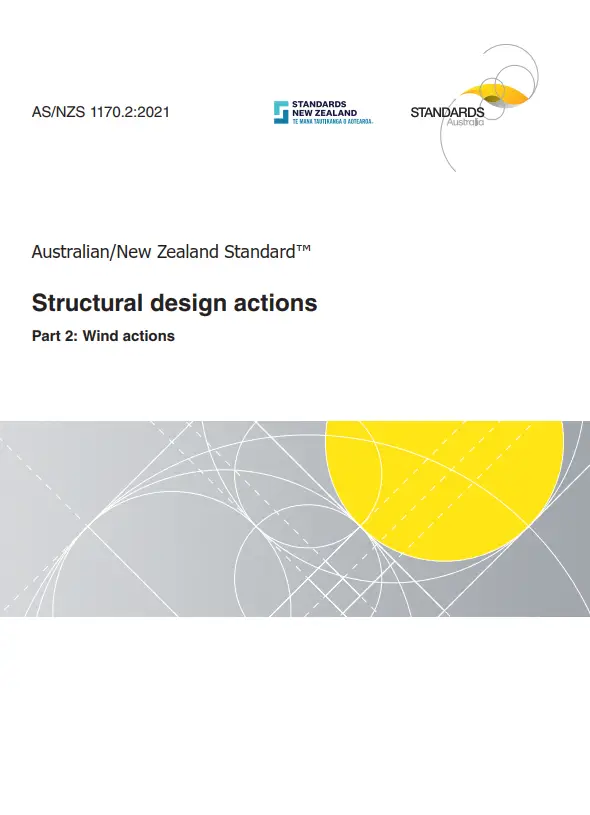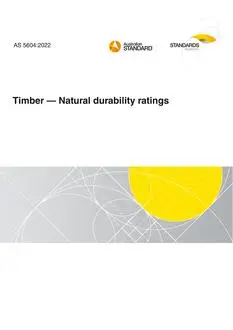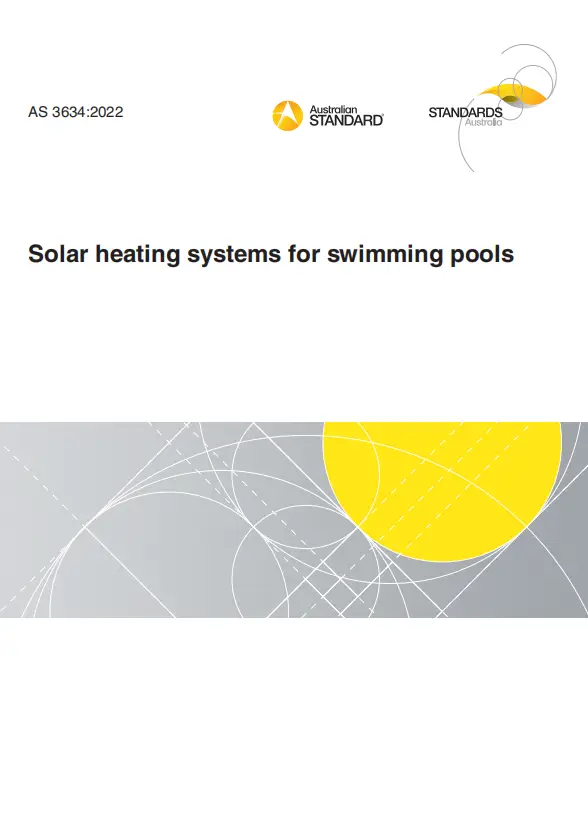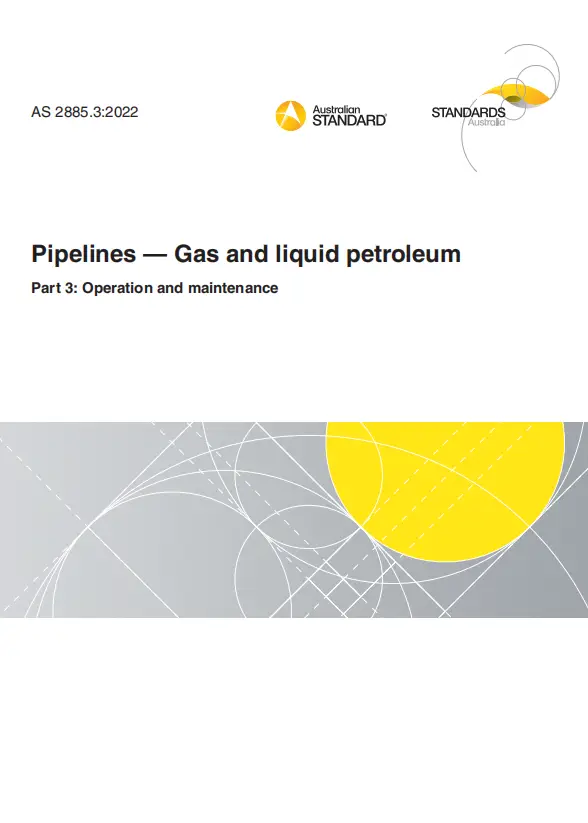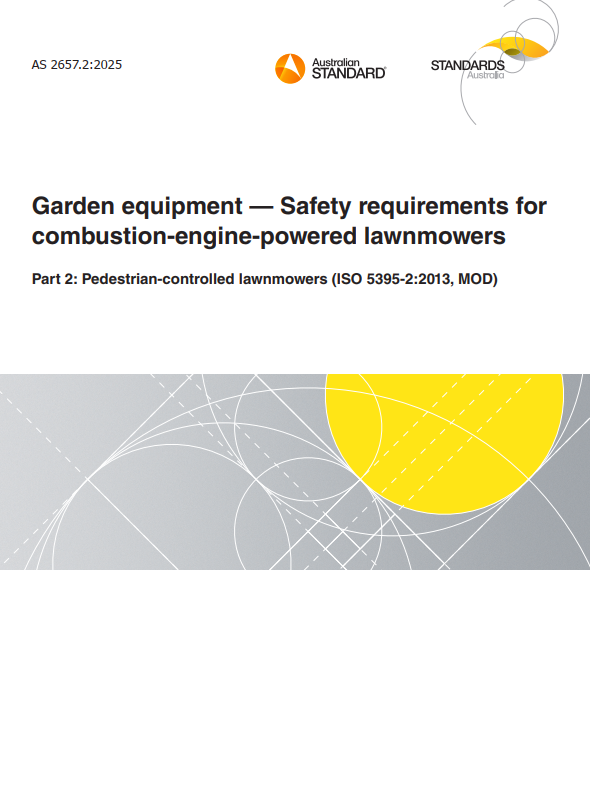AS/NZS 1170.2, 2nd, 2021 – Structural design actions, Part 2: Wind actions
AS 1170.2 sets out procedures for determining wind speeds and resulting wind actions to be used in the structural design of structures subjected to wind actions other than those caused by tornadoes. To be read in conjunction with AS/NZS 1170.0. Originated in New Zealand as part of NZS 1900:1964. Previous Australian edition AS 1170.2-1989. Previous New Zealand edition NZS 4203:1992.AS 1170.2-1989 and NZS 4203:1992 jointly revised, amalgamated and redesignated in part as AS/NZS 1170.2:2002. Second edition 2011. Third edition 2021.
General Product Information:
| Committee |
BD-006 |
| Purchase Note |
All current amendments available at time of purchase are included with the purchase of this document |
| Document Type |
PDF |
| ISBN |
978 1 76113 448 7 |
| Pages |
122 |
| Document Language |
English |
| Publisher |
Standards Australia |
| Status |
Current |
Preview
Table of cotents
Preface
Section 1 Scope and general
1.1 Scope
1.2 Application
1.3 Normative references
1.4 Terms and definitions
1.5 Notation
1.6 Determination of wind actions
1.7 Units
Section 2 Calculation of wind actions
2.1 General
2.2 Site wind speed
2.3 Design wind speed
2.4 Design wind pressure and distributed forces
2.4.1 Design wind pressures
2.4.2 Design frictional drag force per unit area
2.5 Wind actions
2.5.1 General
2.5.2 Directions
2.5.3 Forces on surfaces or structural elements
2.5.4 Forces and moments on complete structures
2.5.5 Number of stress exceedances produced by wind loading
2.5.6 Performance of cladding elements sensitive to low-cycle fatigue
2.5.7 Deflections of dynamically wind-sensitive structures
2.5.8 Impact loading from windborne debris
Section 3 Regional wind speeds
3.1 General
3.2 Regional wind speeds (VR)
3.3 Wind direction multiplier (Md)
3.4 Climate change multiplier (Mc)
Section 4 Site exposure multipliers
4.1 General
4.2 Terrain/height multiplier (Mz,cat)
4.2.1 Terrain category definitions
4.2.2 Determination of terrain/height multiplier (Mz,cat)
4.2.3 Averaging of terrain categories and terrain-height multipliers
4.3 Shielding multiplier (Ms)
4.3.1 General
4.3.2 Buildings providing shielding
4.3.3 Shielding parameter (s)
4.4 Topographic multiplier (Mt)
4.4.1 General
4.4.2 Hill-shape multiplier (Mh)
4.4.3 Lee multiplier (Mlee)
Section 5 Aerodynamic shape factor
5.1 General
5.3 Internal pressure for enclosed rectangular buildings
5.3.1 Internal pressure
5.3.2 Openings
5.3.3 Internal walls and ceilings
5.3.4 Open area/volume factor, Kv
5.4 External pressures for enclosed rectangular buildings
5.4.1 External pressure coefficients (Cp,e)
5.4.2 Area reduction factor (Ka) for roofs and walls
5.4.3 Action combination factor (Kc)
5.4.4 Local pressure factor (Kℓ) for cladding
5.4.5 Permeable cladding reduction factor (Kp) for roofs and side walls
5.5 Frictional drag forces for enclosed buildings
Section 6 Dynamic response factor
6.1 Introduction
6.2 Structures for which Cdyn = 1.0
6.3 Other structures
6.4 Along-wind response
6.4.1 Dynamic response factor (Cdyn) for tall buildings and free-standing towers
6.4.2 Dynamic response factor for towers, poles and masts with head frames (Cdyn)
6.4.3 Dynamic response factor for horizontal slender structures (Cdyn)
6.5 Crosswind response
6.5.1 General
6.5.2 Crosswind response of tall enclosed buildings and towers of rectangular cross-section
6.5.3 Crosswind response of cantilevered chimneys, masts and poles of circular cross-section
6.6 Combination of along-wind and crosswind response
6.6.1 Combination of base moments
6.6.2 Combination of load effects
Appendix A (normative) Additional pressure coefficients for enclosed buildings
Appendix B (normative) Freestanding walls, hoardings, canopies and solar panels
Appendix C (normative) Aerodynamic shape factors for exposed structural members, frames and lattice towers
Appendix D (normative) Flags and circular shapes
Appendix E (informative) Accelerations and rotational velocities for wind-sensitive structures
Bibliography

